Overclocking
We hit some snags when overclocking the Z390 Aorus Pro in that starting at 1.28V vcore didn't see stability with our Core i9-9900K at 5GHz. With a Gigabyte board this usually means a need for loadline calibration most of the time, and it was the same here. Pushing this up to the 'Turbo' setting did the trick, although temperatures were extremely high.
We then switched our attention to the voltage and managed to reduce it to 1.22V, with things much more amenable on the temperature and power consumption fronts too. We saw no throttling at stock speed, and it handled the overclock well too, with load temperatures below 85°C with all cores at 5GHz. You can see our in-depth look at Gigabyte's software and EFI here.
Performance Analysis
The more interesting numbers are at the end of the graph pages, and we'll start with the power consumption. We load optimised defaults and the XMP profile on each board we test for our stock speed run to ensure comparable results, but both the Asus TUF Z390-Plus Gaming (Wi-Fi) and Gigabyte Z390 Aorus Pro exhibited very high idle power draw. It's not going to send your electricity bill though the roof at 89W, but by comparison the cheaper MSI MAG Z390 Tomahawk used just 42W. There didn't seem to be any stray settings in the EFI either. Platform power management was disabled by default, but enabling this only lowered the load power draw, which at stock speed fell from 257W to 222W.
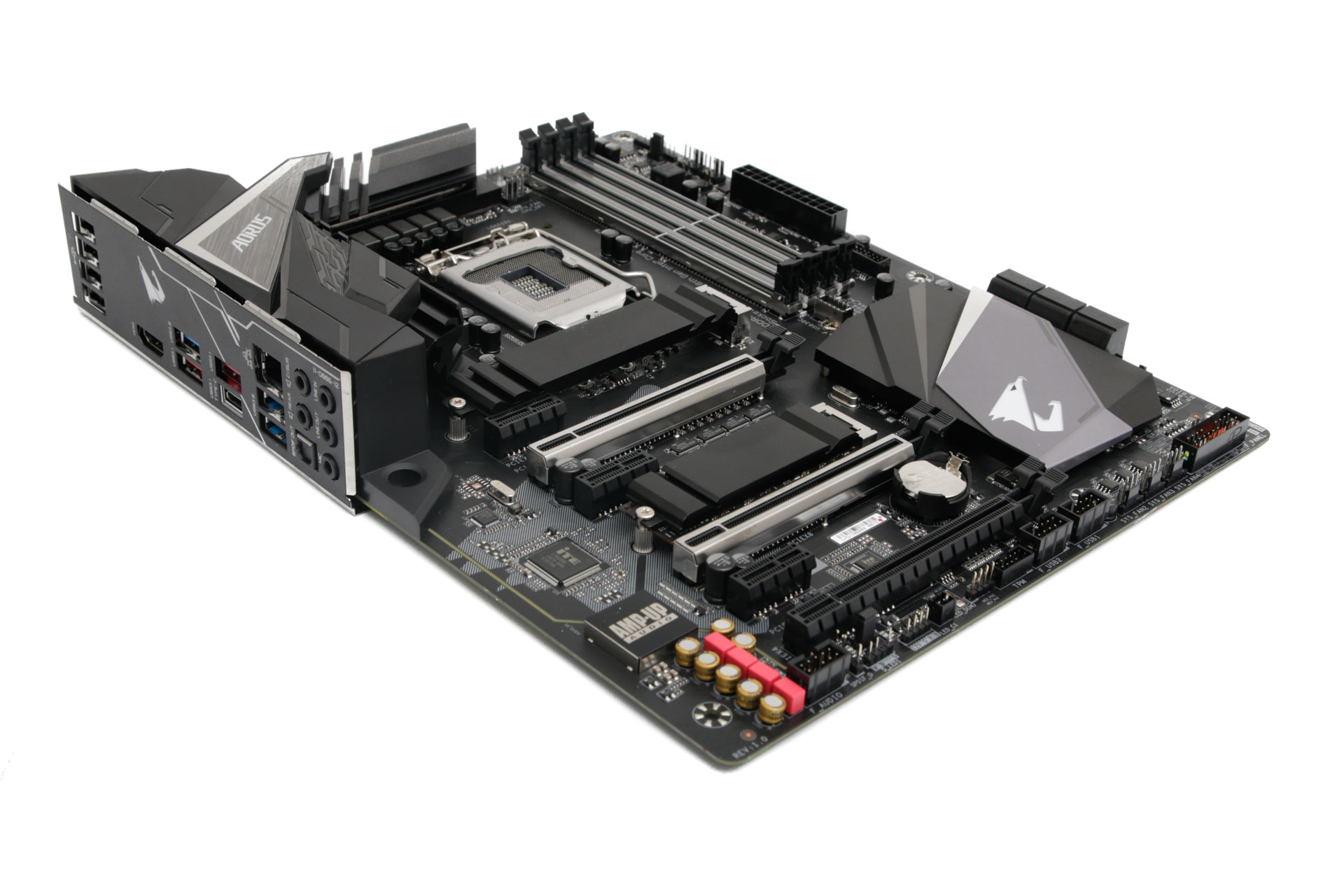
The same was true when overclocked, although several other boards were higher here, but the number was high again under load. Thankfully, there were no issues with throttling at stock speed or overclocked, so while these numbers are high, we'd still consider the board a solid partner for the Core i9-9900K (and any compatible CPU, in fact).
The audio performance was excellent too, with a dynamic range of 109dBA only being outstripped by much more expensive boards, while Gigabyte definitely has an edge over similarly-priced Asus and MSI boards. We usually see a little performance boost in our M.2 test with a high-performing heatsink, and the same was true here with the Z390 Aorus Pro topping the graph, although these aren't advantages you'd notice in the real world.
The same was true in 3DMark Time Spy and Far Cry 5 with next to no difference between the boards we've tested, although it was maybe a little on the low side in Cinebench and PCMark 10. This is despite no evidence of throttling the CPU; it held a steady 4.7GHz across all cores in these multi-threaded tests.
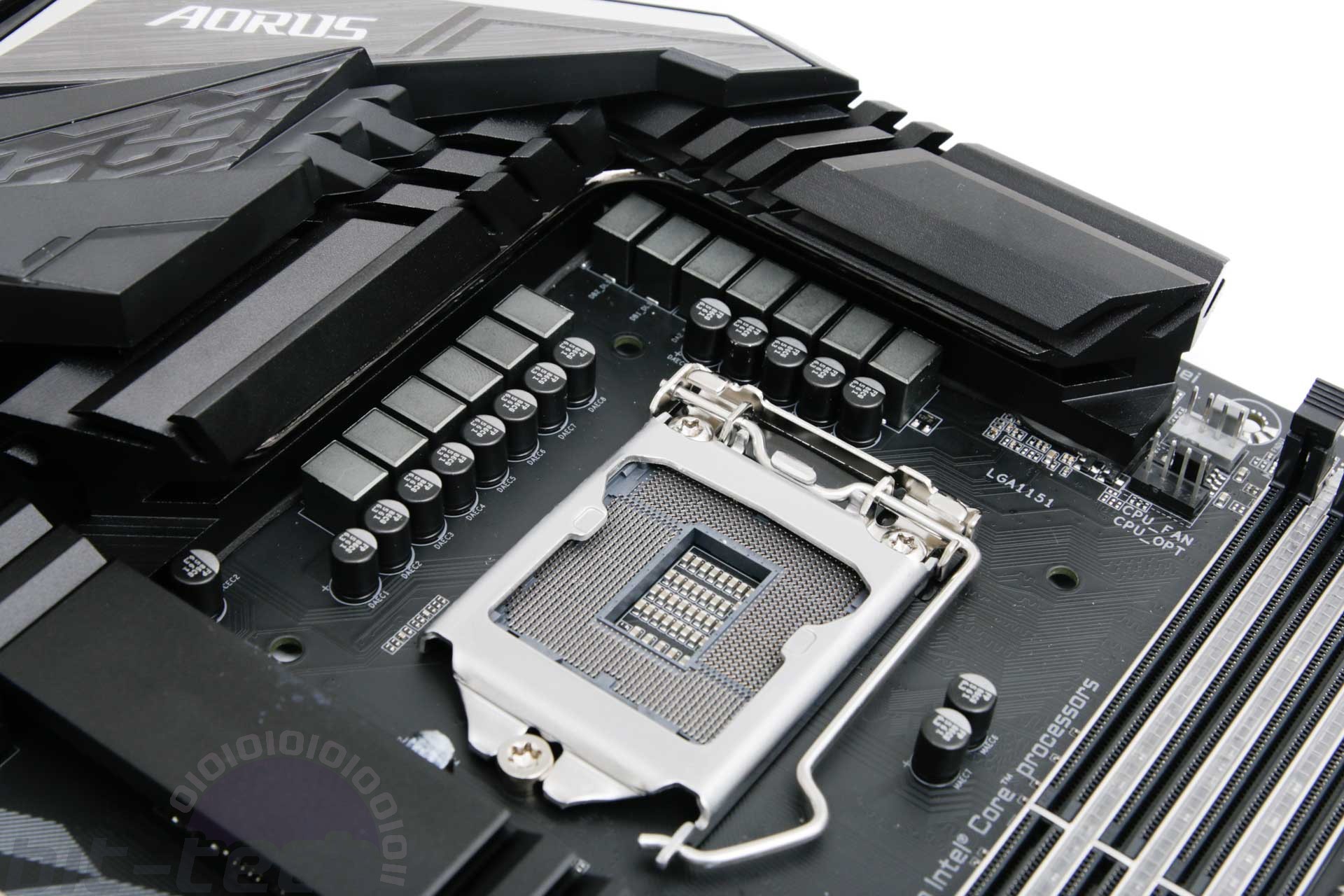
Conclusion
Apart from some slightly high power numbers, the Gigabyte Z390 Aorus Pro is a much better-rounded board than either of the recent budget-conscious efforts from MSI and Asus. It sports the full complement of audio ports plus a top-end audio codec, has plenty of fan headers and USB ports, and is available with Wi-Fi for only a little more, bettering both other boards' specifications in a number of areas. It's a shame Gigabyte couldn't stretch to a proper USB 3.1 Gen 2 (now also called USB 3.2 Gen 2) Type-C header, limiting it instead to USB 3.0 (AKA USB 3.1 Gen 1, AKA USB 3.2 Gen 1), especially as many sub-£150 cases are now including USB 3.1 support, but this is really the only issue we have with the board. The feature list is really rather premium despite the price tag, and as a result if we were going to buy a sub-£170 Z390 board, this would be it.


MSI MPG Velox 100R Chassis Review
October 14 2021 | 15:04

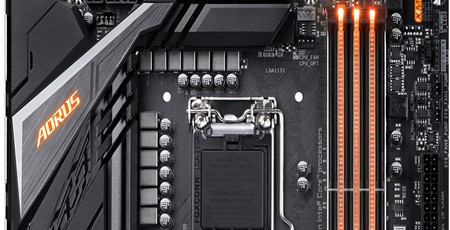
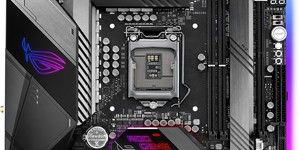
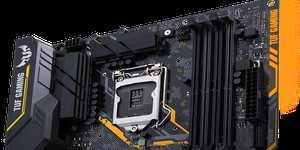
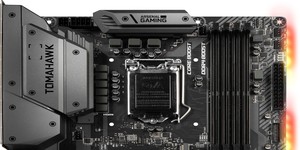





Want to comment? Please log in.